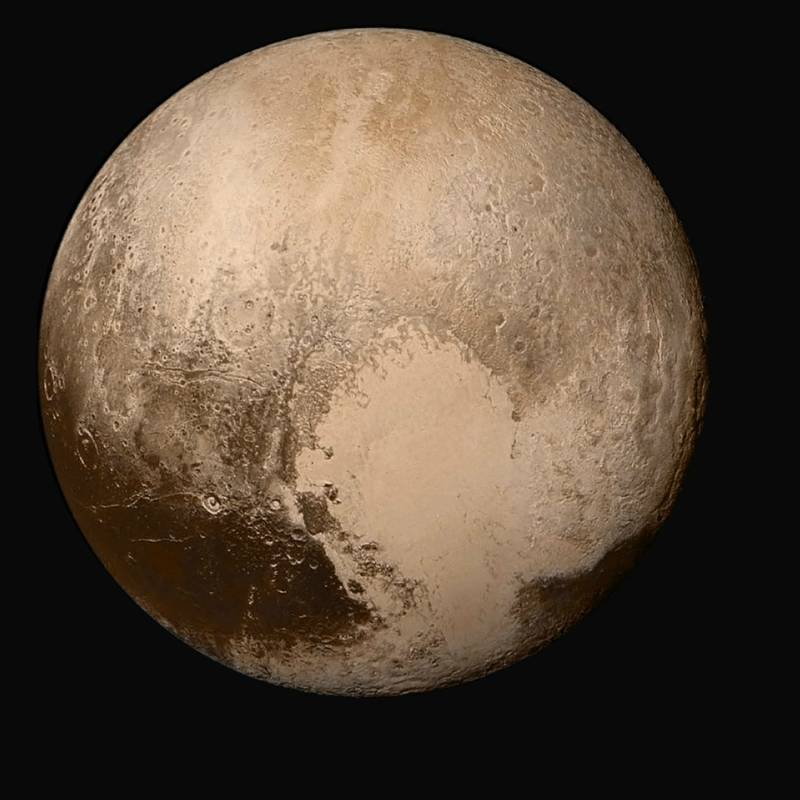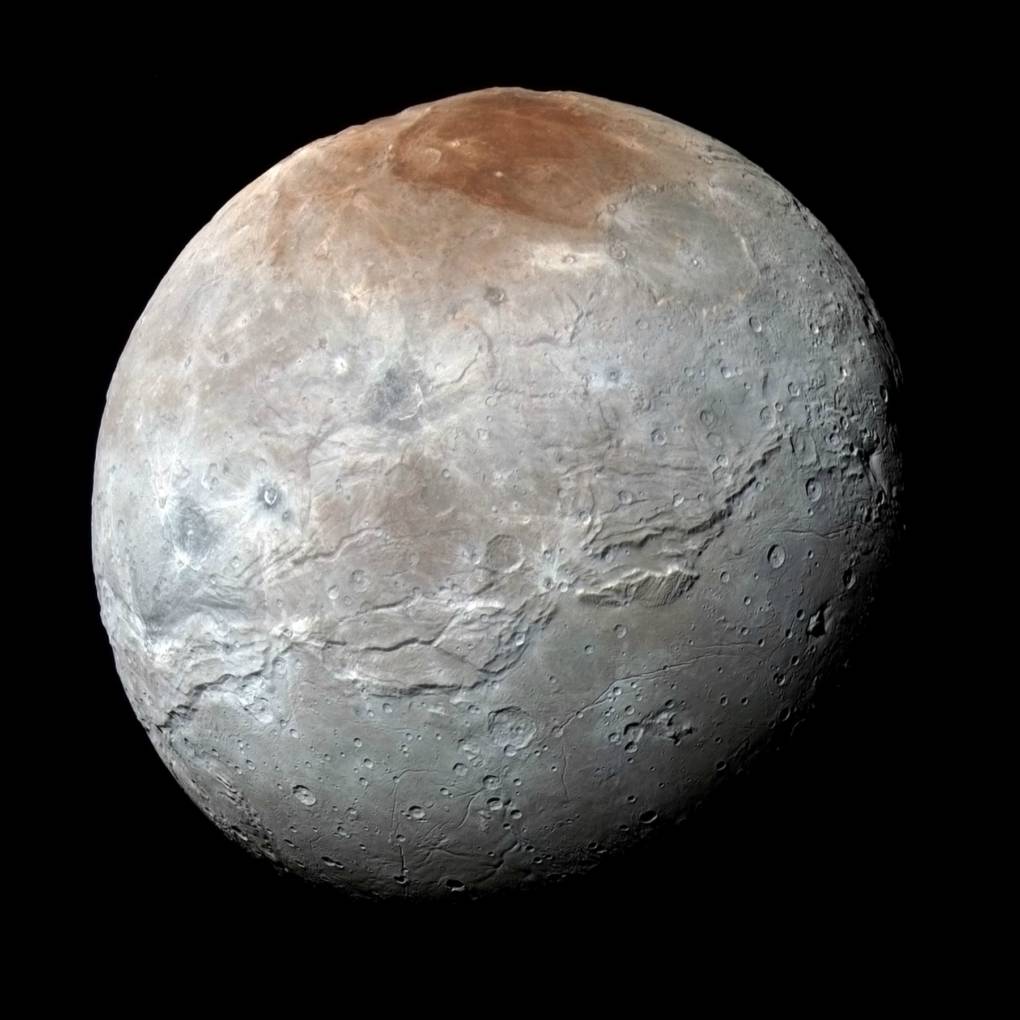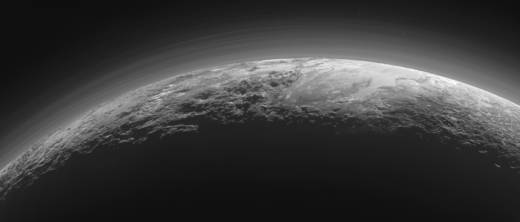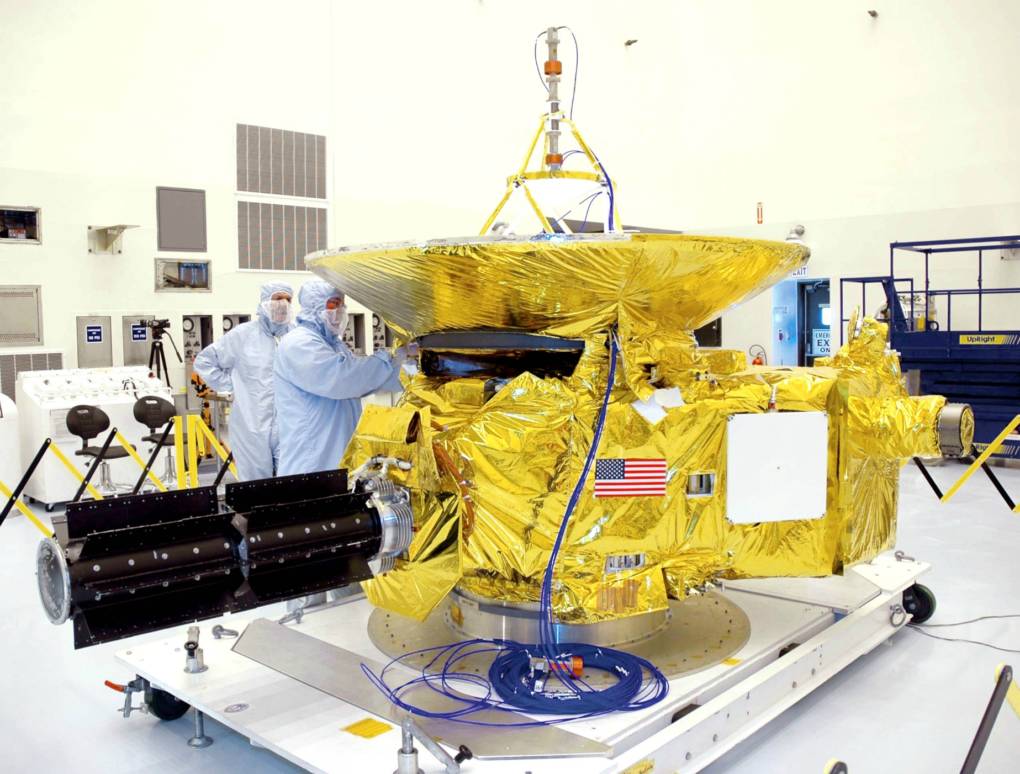An ancient space rock that may hold clues about the formation of the solar system will be the next destination for New Horizons, the NASA probe that flew past Pluto three years ago.
NASA reestablished its connection with New Horizons overnight Monday. Since the Pluto flyby, the probe has continued to sail through space; it spent the last six months conserving power in hibernation mode. New Horizons captivated space fans in 2015 with detailed photos of Pluto’s frozen nitrogen surface, which features dunes of methane sand and a giant formation in the shape of a heart.

The probe—which runs, fittingly, on plutonium—is now about 40 times as far away as the sun. In the next few months, it will start pointing its cameras at the upcoming target—a county-sized object nicknamed Ultima Thule. Over fall, the team will fine-tune plans for a flyby, and if all goes well, New Horizons will make its closest approach overnight this New Year’s Eve.
Scientists like Jeff Moore—who heads the mission’s geology and geophysics imaging team—are already making plans to celebrate. “It’ll probably be the most interesting New Year I’ll have ever attended,” he said on his lunch break at NASA Ames Research Center in Mountain View.
Moore, who has a white goatee and was wearing a shirt reading “When I was your age, Pluto was a planet,” says Ultima Thule might not be just one object, but two space rocks orbiting each other—or possibly fused together.

“While we do have some notions of things we might see, we really expect to be surprised. We were certainly surprised when we flew past the Pluto system—we saw many things which we didn’t anticipate.”

